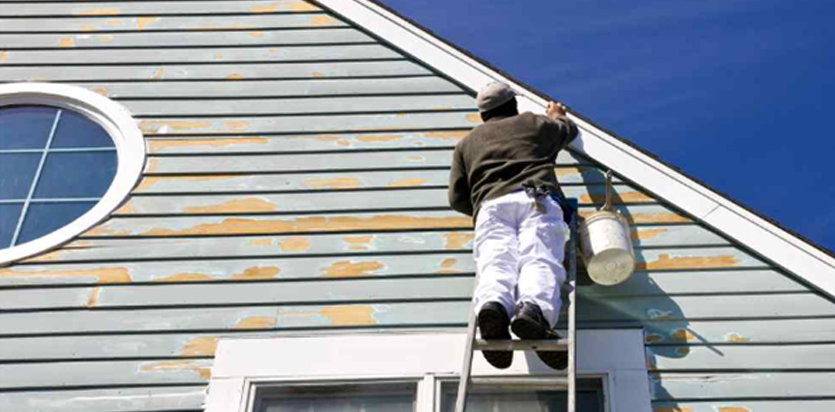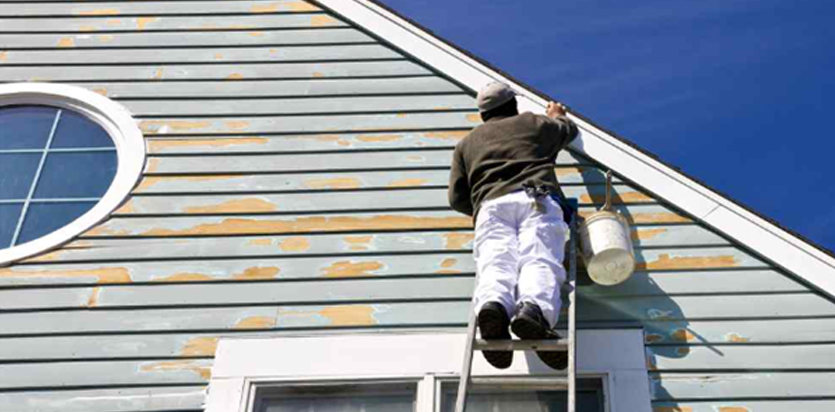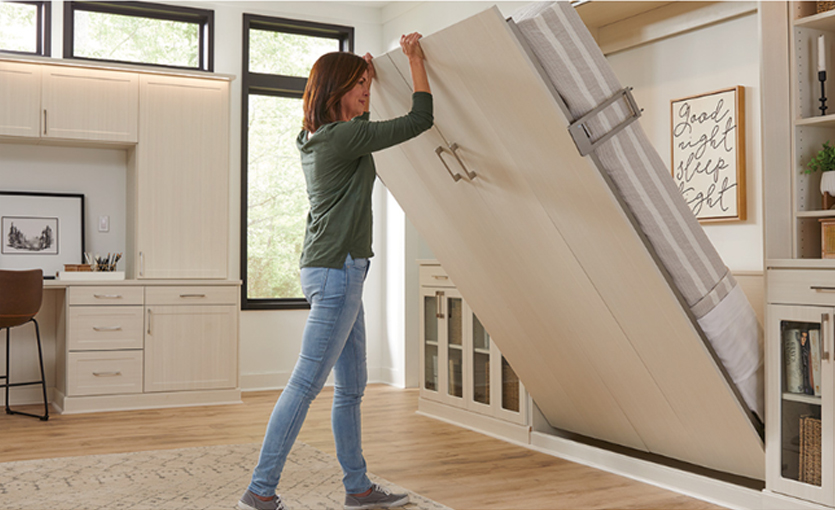
Certainly! Treating house walls is an important aspect of home maintenance and can greatly enhance the overall look and feel of your living space. The process involves a combination of cleaning, repairing, and painting or finishing the walls depending on the type of wall material, desired aesthetic, and level of maintenance required. The first step in treating house walls is to clean them thoroughly. This involves removing any dust, dirt, or grime that may have accumulated on the walls over time. A damp cloth or sponge with mild detergent can be used to clean the walls, making sure to rinse and wring out the cloth or sponge frequently. Once the walls are clean, it's important to let them dry completely before moving on to the next step.

The next step is to repair any damages on the walls such as cracks, holes, or other imperfections. This is a crucial step as it ensures that the finish looks smooth and even. Spackle or putty can be used to fill in any holes or cracks, and sandpaper can be used to smooth out the surface once the filler has dried. Choosing the right paint is also important when treating house walls. The type of paint you choose will depend on the wall material and the desired finish. For instance, if you have drywall or plaster walls, you can use latex or oil-based paint. If you have brick or concrete walls, you can use masonry paint. Matte finishes are great for hiding imperfections on walls, while glossy finishes are easier to clean. It's also a good idea to use primer before applying the paint. Applying a primer helps the paint adhere better to the walls and provides a smoother finish. It can also help cover up any stains or discolorations on the walls.

Adding texture to walls is another way to enhance their look and feel. There are many options available, such as wallpaper, stenciling, or textured paint. Textured finishes can add depth and interest to walls, but they may be harder to clean than smooth finishes.

Finally, it's important to consider the level of maintenance required for the finish you choose. Glossy finishes may require more frequent cleaning than matte finishes, while textured finishes may be harder to clean than smooth finishes. Keep in mind the level of maintenance you're willing to commit to when choosing the treatment for your walls. Overall, treating house walls is a multi-step process that involves cleaning, repairing, and painting or finishing. It's important to choose the right materials and finishes based on the wall material and desired aesthetic, and consider the level of maintenance required for each option. With proper treatment, house walls can look great and last for years to come.
Last but not least, one needs to work out budgeting for overall wall treatments and painting carefully considering the surface area under scope, extent of cracks on the walls etc. The rates of colour can drastically change with the type of paints like oil bound distemper, emulsion, premium emulsions, luster, velvet etc. finishes can change the type of paints. Textures are quite costly and change drastically with the type and thickness of the paint layers that is considered as part of texture.











Post a Comment